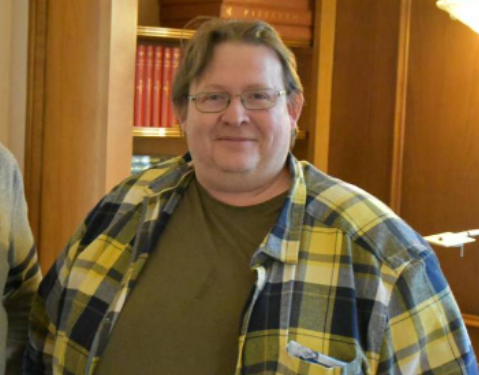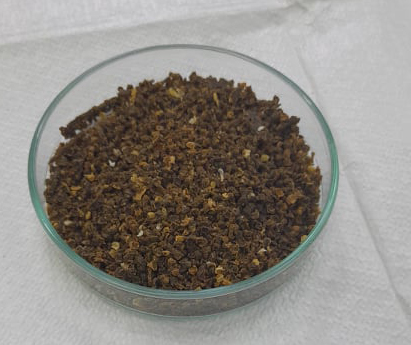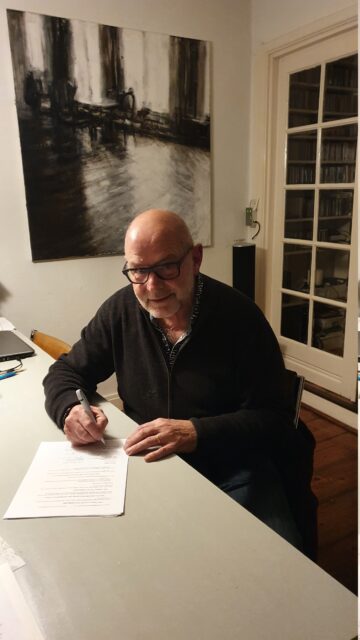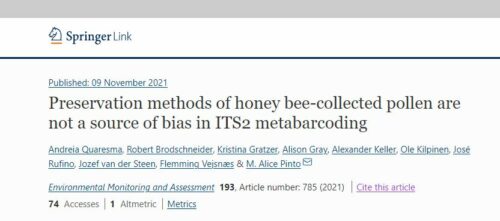It is not the aim of this blog to congratulate everybody on their birthday, but Sjef, if any, does deserve it. Happy birthday Sjef (23rd January). And remember 70 is just a number. Life is about passion. And you could not resist to continue our last 3 years pilot study using honeybees as bioindicators in the new consortium called INSIGNIA-EU. INSIGNIA-EU will run for the next 2,5 years. It is a tender put up by the EU with the title: Preparatory action for monitoring of environmental pollution using honeybees. It will run in all 27 EU countries in 2023 with at pilot study in 2022. This is a huge challenge that we will manage, because we are a very skilled, involved, and passionate team. We are simply like a family.
Sjef! The exciting journey does continue.
We all within the consortium wish you the very best. And, let us do it!
Flemming Vejsnæs













